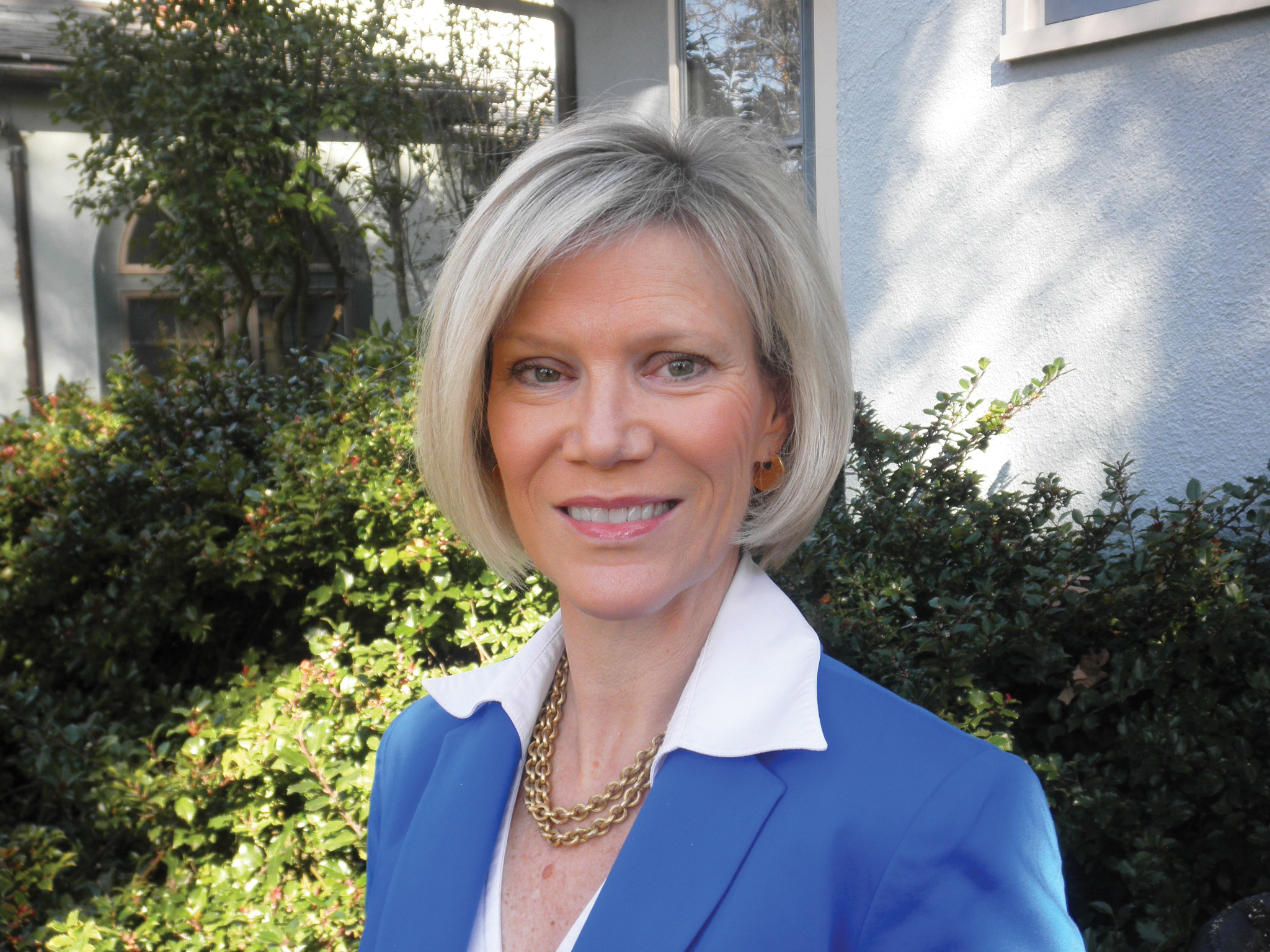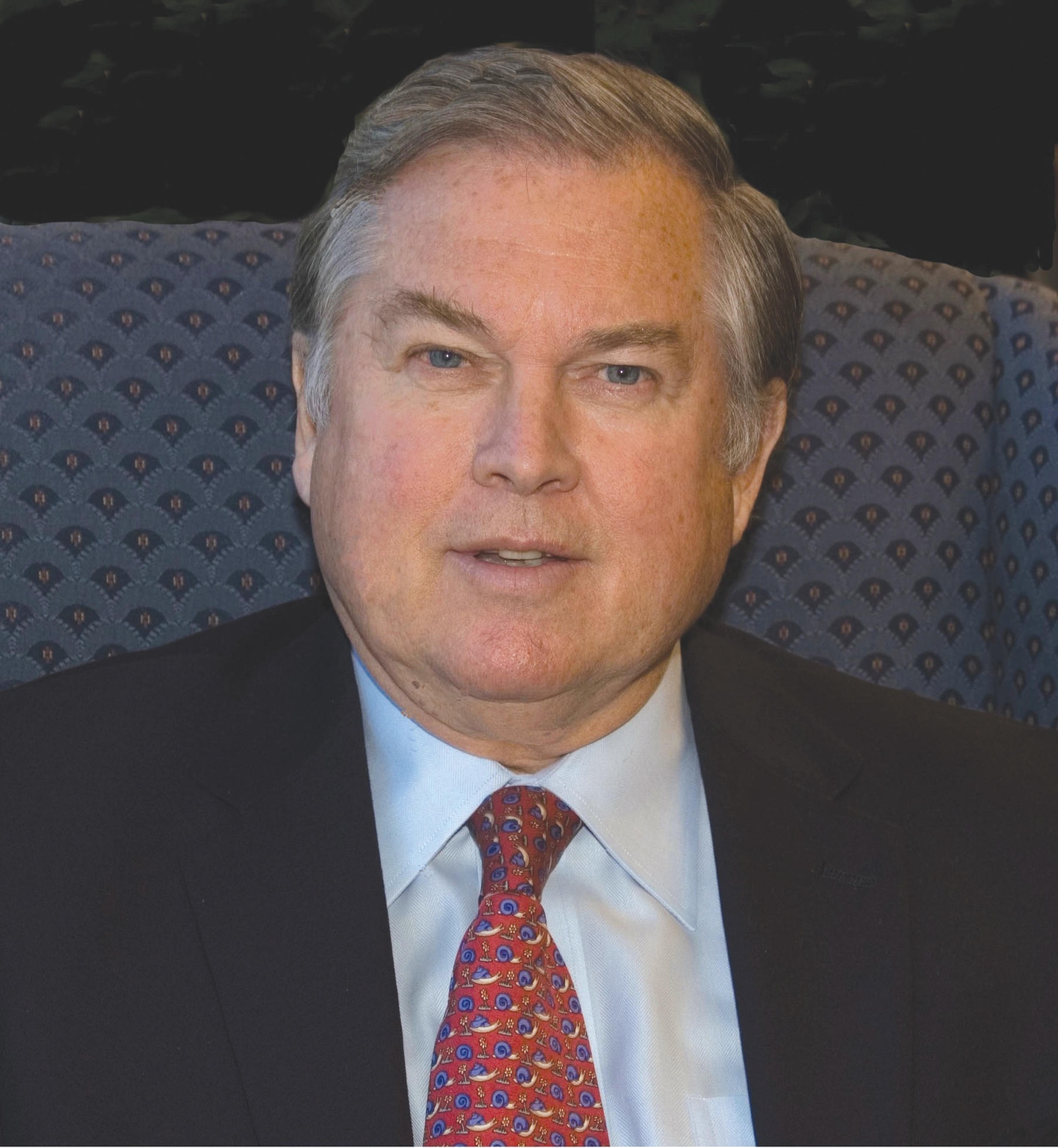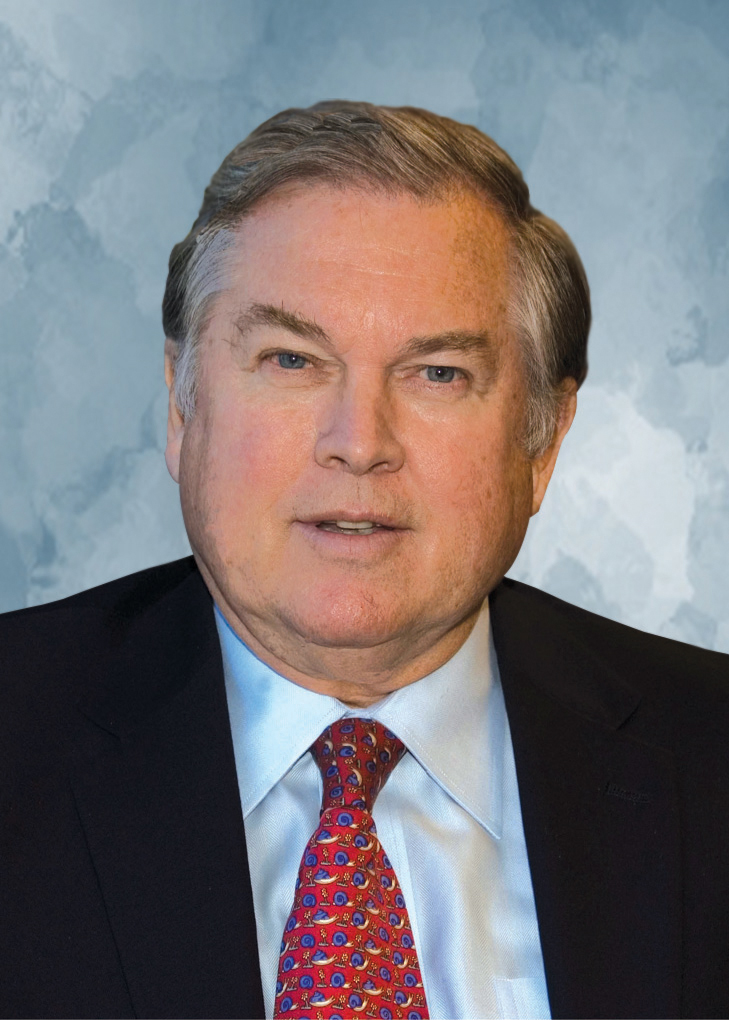Former head of the ITS Joint Program Office Shelley Row has passed the baton to a new director. Now working as an independent consultant, here she reflects on her five years at the helm of the JPO and what the future may hold for ITS in the US. During a mid-morning in Paris earlier this year, having just landed, I decided to take a trip on the city’s subway (Paris’ underground metro) into the city centre. A family with a small boy – about nine years old – boarded the same train. They were American and we st

Shelley Row was director of USDOT’s ITS Joint Program Office from 2007 to 2012 – a pivotal time for ITS in the US
Former head of the ITS Joint Program Office Shelley Row has passed the baton to a new director. Now working as an independent consultant, here she reflects on her five years at the helm of the JPO and what the future may hold for ITS in the US.
During a mid-morning in Paris earlier this year, having just landed, I decided to take a trip on the city’s subway (Paris’ underground metro) into the city centre. A family with a small boy – about nine years old – boarded the same train. They were American and we struck up a conversation. When I asked how long they had been in Paris, the boy piped up happily: “We’ve been here since Wednesday.” It was Saturday.“Oh,” I said. “If you’ve been here since Wednesday what’s your favourite thing so far?” Without hesitation he said, “Going to the top of the Eiffel Tower!” Clearly, he was a conversationalist so I continued. “If the Eiffel Tower is your favourite thing, what is your next favourite thing?”
He tilted his head and puzzled for a moment before saying, “My next favourite thing is what we are going to do today!” It’s nice to start the day with some positive words of wisdom from a nine-year-old.
Like that little boy, I’ve been asked what are my favourite things – the highlights – of my five years as director of the ITS Joint Program Office (
Acronym soup
Five years ago, the programme was in the latter stages of executing nine major initiatives – a vegetable soup of acronyms and abbreviations. USDOT (the big abbreviation) was absent from international standards development and there were question marks over Vehicle Infrastructure Integration (VII), or vehicle to vehicle (V2V) and vehicle to infrastructure (V2I) communication as it’s sometimes known.Was VII viable? Was there a sustainable deployment model? Would deployment be spurred by mobility or safety? Would it depend on infrastructure? There was need for a new strategic direction in this and other areas of ITS. Here’s what worked.
The successes
Of the major initiatives, Integrated Corridor Management (ICM) and Mobility Services for All Americans (MSAA) were particularly effective for two reasons: Both capitalised on a growing multi-modal mindset and used a successful research model. Through competition, the programmes engaged several agencies across the US and ultimately selected two or three sites for implementation. Both developed materials to help others replicate the work.After hearing from many, USDOT cautiously re-engaged with international standards groups. Due to the strong partnership with the
International relationships in general have grown considerably, including agreements with Canada, the
The ITS programme now includes an environmental component. As the impacts of climate change grow, this area is an important part of our future. It took years, but the ITS programme was reauthorised as part of MAP-21. Thanks to considerable effort by
One of the most significant accomplishments is largely invisible. When I started, the ITS JPO moved from its historic home in the
The VII program (now largely known as ‘connected vehicles’ or V2V and V2I) is perhaps the most visible success so far. Despite there still being some ambiguity over the titles and acronyms, the important thing is that there is now a clear safety impetus with
Continuing struggles
And what stands out in other ways? There is a continual struggle between investment in ITS research and ITS deployment. For better or worse, the financial and organisational structure, ie, the JPO, is oriented towards research. Previously, as part of FHWA, both deployment and research were coordinated by the JPO. Now within RITA, the JPO manages research and technology transfer as per the legislation in the research title of MAP-21. Personally, I believe that organisations such as FHWA, NHTSA and others should take on the intellectual lead for deployment. That makes sense philosophically. Practically, it’s awkward. A better model is not obvious.We could have created more of a strategic focus on data. I was convinced (then and now) that data – across all modes, all roads, all the time – is an essential ingredient for multimodal transportation management and traveler information. Data from connected vehicles is an important but partial answer. The JPO has a data programme, but we could have done more to accelerate the use of probe data, examine enabling standards and better understand the ‘eco-system’ for telematics and data. I believe there is a federal role in catalysing the market to meet unique public sector needs.
A sharply focused programme is important, but when implementing it, more is better – more projects going to more companies and to more agencies. Spreading the wealth engages a greater community and invests them in the future. We could have done more to ensure we provided opportunity to many.
I could have listened better to agencies and companies. Strength of leadership derives from understanding industry direction, public agency needs and gaps in research. Listening, assimilating, organising and extrapolating are my strengths but they are effective only if one escapes the gravitational pull of the USDOT building.
Next favourite things
So, if what I have described are my “Eiffel Towers” of the past five years, what will be my next “favourite things”?The NHTSA agency decision has the potential to galvanize industry into pushing connected vehicle technology forward. I, more than most, have been privy to and appreciate the difficulty of its deliberations. We are all watching.
Frequently at the JPO we were urged to push for connected vehicle infrastructure deployment. But, everything has its time. Back then there were too many unknowns about what to deploy and where to deploy it. The standard wasn’t stable and equipment was only partially tested. That is not a comfortable position for public agencies suffering limited funding and under intense scrutiny. However, we are now on the cusp of the right time. The planning horizon for State DOTs encompasses connected vehicle implementation and soon the time will be right for serious State and local planning for connected vehicles. Perhaps a planning grant programme would create interest and engagement from many. It’s a thought.
There is much abuzz about the future of ‘big data’, but big data has already arrived. How do public agencies take advantage? And will that lead to smart cities? We need investment in standards, storage, algorithms and fusion.
Trends are indicating an upturn in multimodality. Cities are becoming mega-cities. Young people are delaying auto ownership. Bike share programmes will bloom and car sharing grow. It’s a good time to be engaged in ICM or multimodal data integration and traveler information.
Finally, it would be good to have ITS legislation that relates to our current world rather than language from two decades ago. Yes, it’s inside the beltway, but, it matters.
So, I said to the little boy, “What are you going to do today?” He beamed with excitement: “I’m going treasure hunting in the Louvre!” I can think of no place with more treasures per square foot than the Louvre. “Well,” I said as he got off the train with his family, “I predict that you will be very successful.”
As I write, the new ITS JPO director has been named. We wish him well in his new role and hope that he learns from what went well and what didn’t in the last five years. Collectively, we look forward to the next “favorite” thing for ITS whether it is connected vehicles, big data, smart cities, or multimodality. However the future unfolds I predict we’ll be successful.












